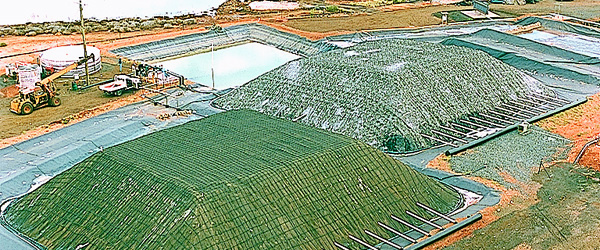Reasons for using stainless steel threaded fasteners are the same as those for selecting other stainless steel components - generally resistance to corrosive or high temperature environments. In addition to the obvious benefits in improved aesthetics and longevity however, there can be significant cost savings if the joint will require disassembly and reassembly.
GRADES AND STANDARDS
Corrosion resistant fasteners are available 'off the shelf' in a variety of materials but by far the most comprehensive range is in stainless steel with more than 6 000 items available in Australia and many thousands more able to be sourced at short notice.











 170 metres of tube was used for the staircase, which was spiralled and fixed to the mild steel structure of the building. Washers and neoprene gaskets were used to separate the stainless steel from the mild steel, avoiding corrosion issues caused by dissimilar metal contact.
170 metres of tube was used for the staircase, which was spiralled and fixed to the mild steel structure of the building. Washers and neoprene gaskets were used to separate the stainless steel from the mild steel, avoiding corrosion issues caused by dissimilar metal contact.







